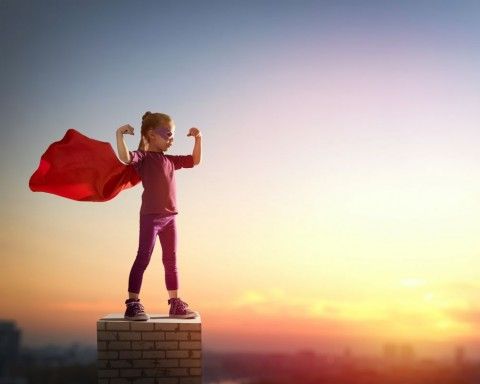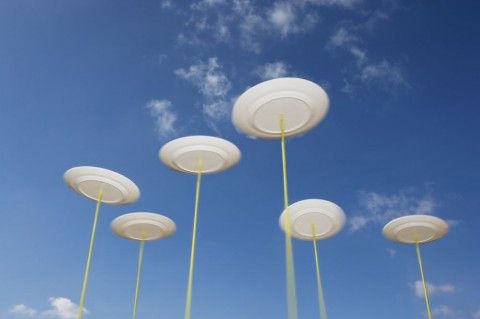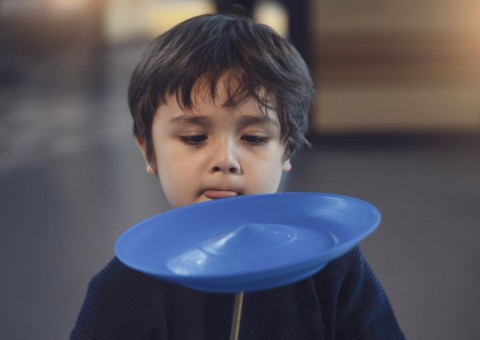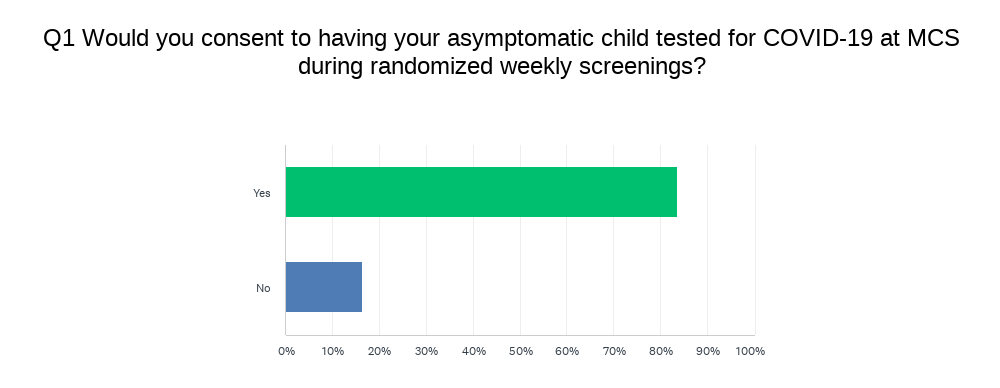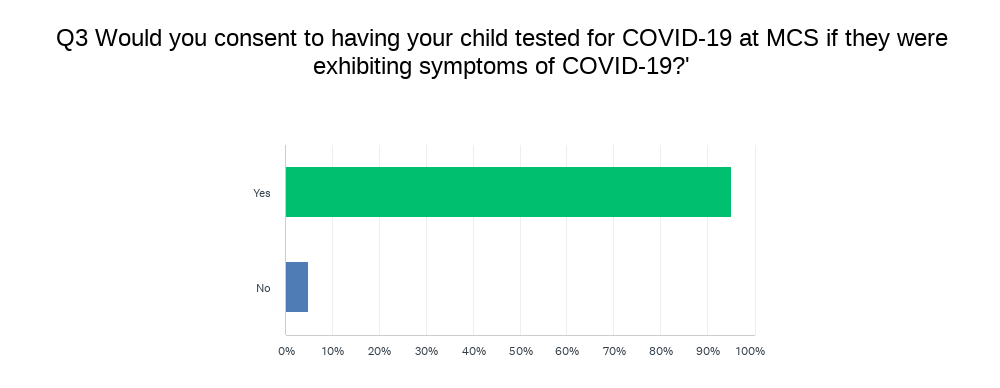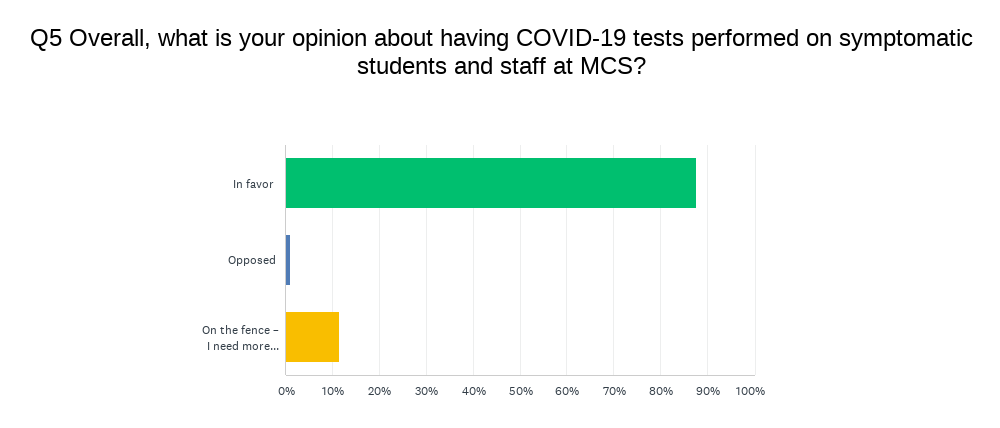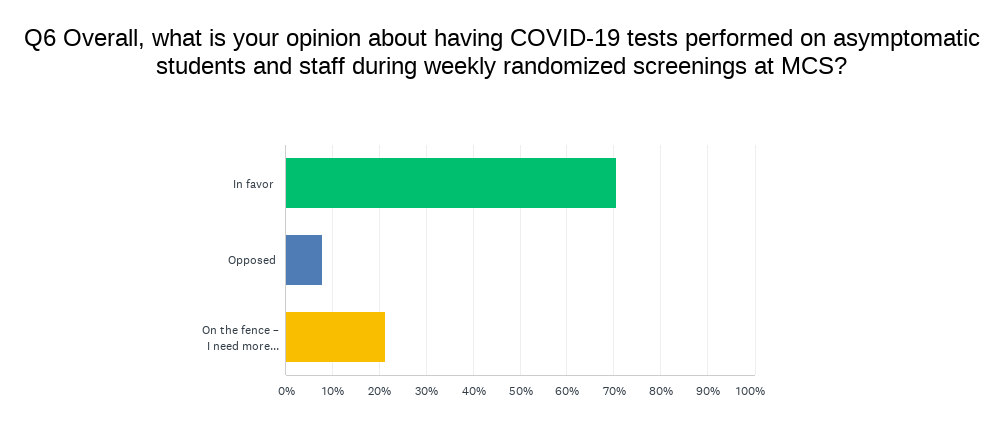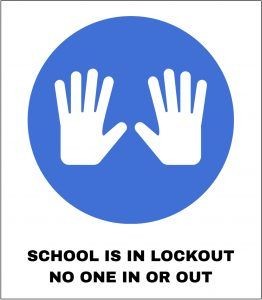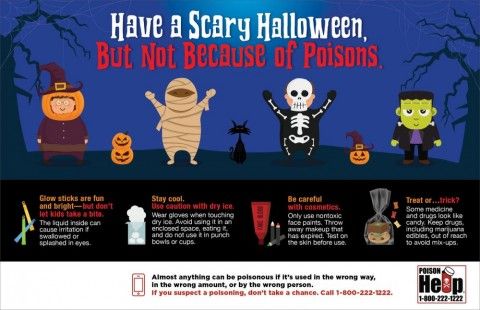Winter Sports 2022
FMSL partners with a local resort each year to allow our students a region specific experience of ski and snowboard lessons. This year, our Winter Sports Program will take place at Snowbird- January 12th, 19th, 26th, February 2nd and 9th. Students K-6th Grade are eligible to participate in Winter Sports and are automatically enrolled in the program.
Registration & Payment:
Expectations:
Please note the following expectations to help your child be ready to participate in the Winter Sports Program:
- Respect, grace and courtesy are expected at all times.
- Students are responsible for being prepared each week for Winter Sports.
- Students are expected to carry and keep track of their belongings and equipment.
- On the bus, students need to sit in their assigned seats and speak quietly with their seatmate.
- Students must stay with their group, listen and follow directions.
If a student is disrespectful, fails to adjust their behavior, or disregards directions, they will be asked to sit out. Depending on the severity of the situation, they may be asked to miss the next lesson. No refunds will be offered.
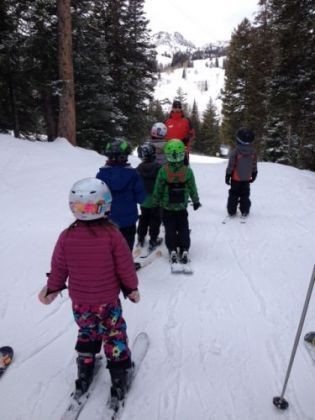
Equipment:
It is recommended that you start looking into booking rentals for your student. When borrowing equipment from family or friends, be sure to have your child’s gear checked by a reputable shop. Children grow very quickly, so double check that their clothes and equipment fit them correctly. A list of swaps and shops can be found here.
Chaperones:
Chaperoning during Winter Sports is a great way to get your Parent Volunteer Hours in. It is also challenging, rewarding, and a lot of fun! Please review the guidelines and expectations linked here and if you are willing to commit we ask that you sign up by completing this short Google form.
The recording of the recent Information Meeting can be found here.

